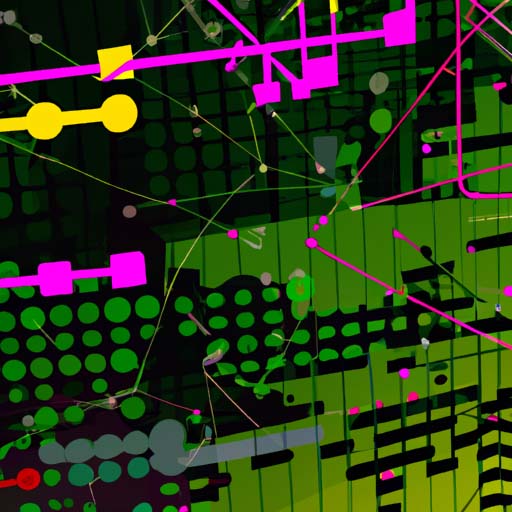• Japan is offering co-firing technology, using less-polluting ammonia or hydrogen as a substitute for a portion of coal or gas burned at power stations, as a climate solution for countries in the Asia-Pacific region.
• Critics argue that co-firing is too costly and does too little to reduce emissions from fossil fuel-powered electricity. There are concerns that reliance on co-firing could delay deployment of zero-emission options like solar and wind power.
• Japan, which lacks land for renewables, sees co-firing as a potential emissions-reduction tool for both its own country and others in Southeast Asia with existing coal-fired plants.
• Manufacturers in Japan that produce turbines and boilers for coal and gas plants seek to export equipment that can utilize hydrogen or ammonia.
Japan is offering to help Asia-Pacific nations reduce their carbon emissions with various technologies, including co-firing, despite criticism that this may prolong the lifespan of fossil fuel power plants. The Japanese government led a meeting of the Asia Zero Emission Community, with Indonesia and Thailand in attendance, and promoted its decarbonisation solutions.
Co-firing involves the use of cleaner substitutes such as ammonia or hydrogen to replace a part of coal or gas burned in power stations. Japan considers co-firing a potential emissions-reduction tool, particularly for countries, including itself, that lack space for renewable installations and for Southeast Asian nations that have heavily invested in coal-fired plants that could continue operating for decades.
Despite its potential benefits, critics voice their concerns on the high cost of co-firing technology and question its effectiveness in reducing emissions from fossil fuel-powered electricity generation. There are also worries that it could delay the roll-out of existing zero-emission options, like solar and wind power.
Various Japanese manufacturers are looking to export equipment like turbines and boilers for coal and gas plants that can make use of hydrogen or ammonia. However, it remains uncertain whether there will be enough supply chains to implement fuels like ammonia and hydrogen at the scale necessary to significantly lower power sector emissions. This might create a paradoxical situation where countries might deviate from the path to net-zero emissions if there isn’t ample and affordable supply of ammonia.
